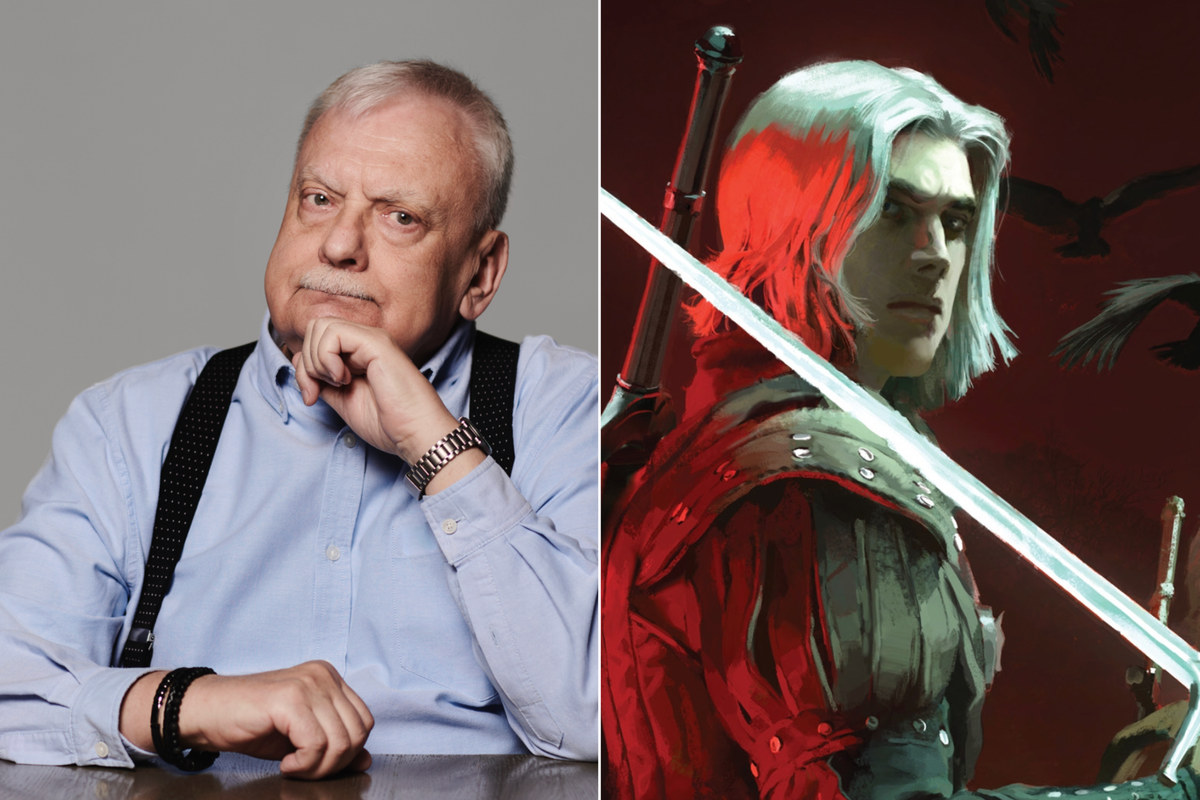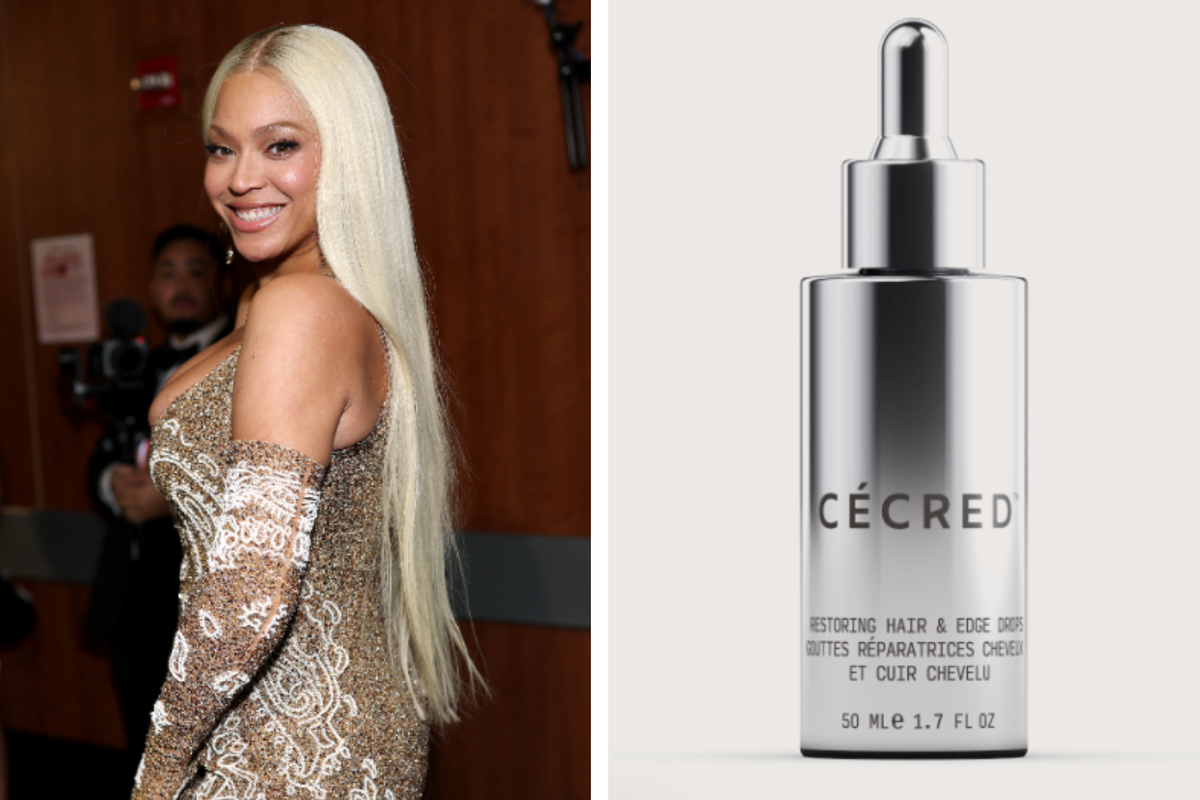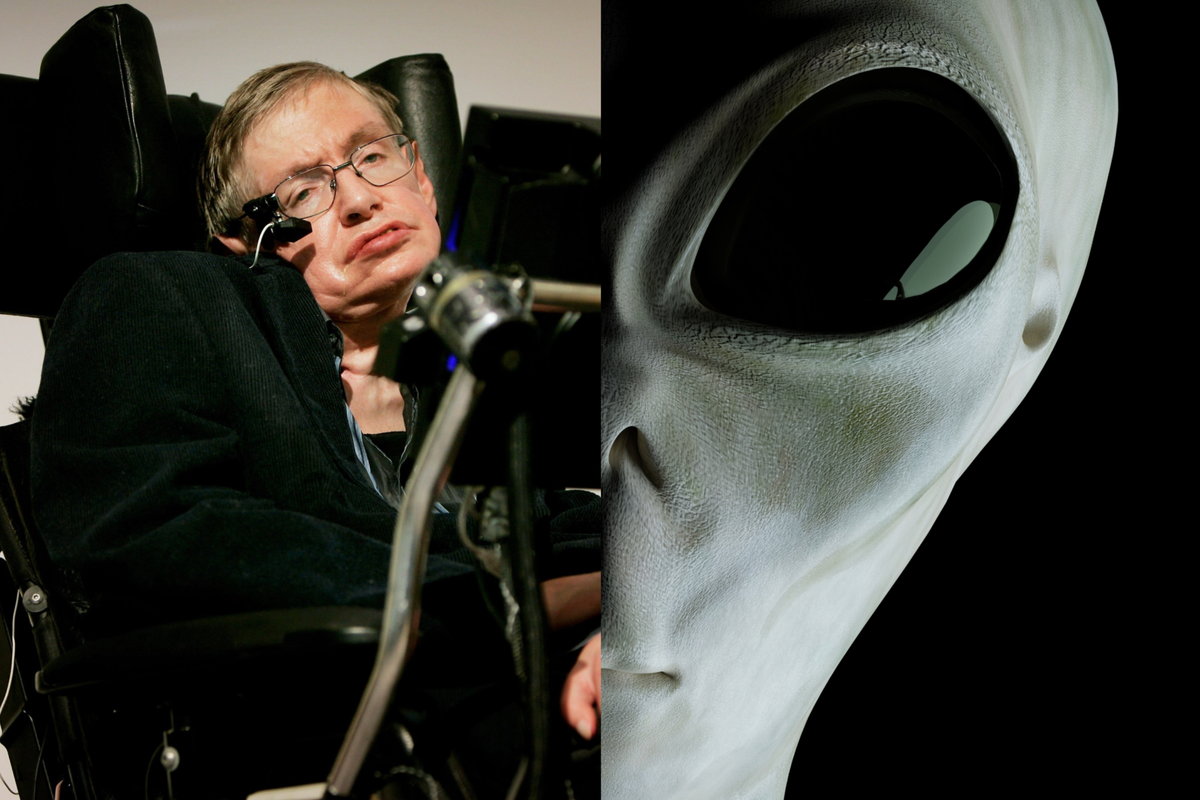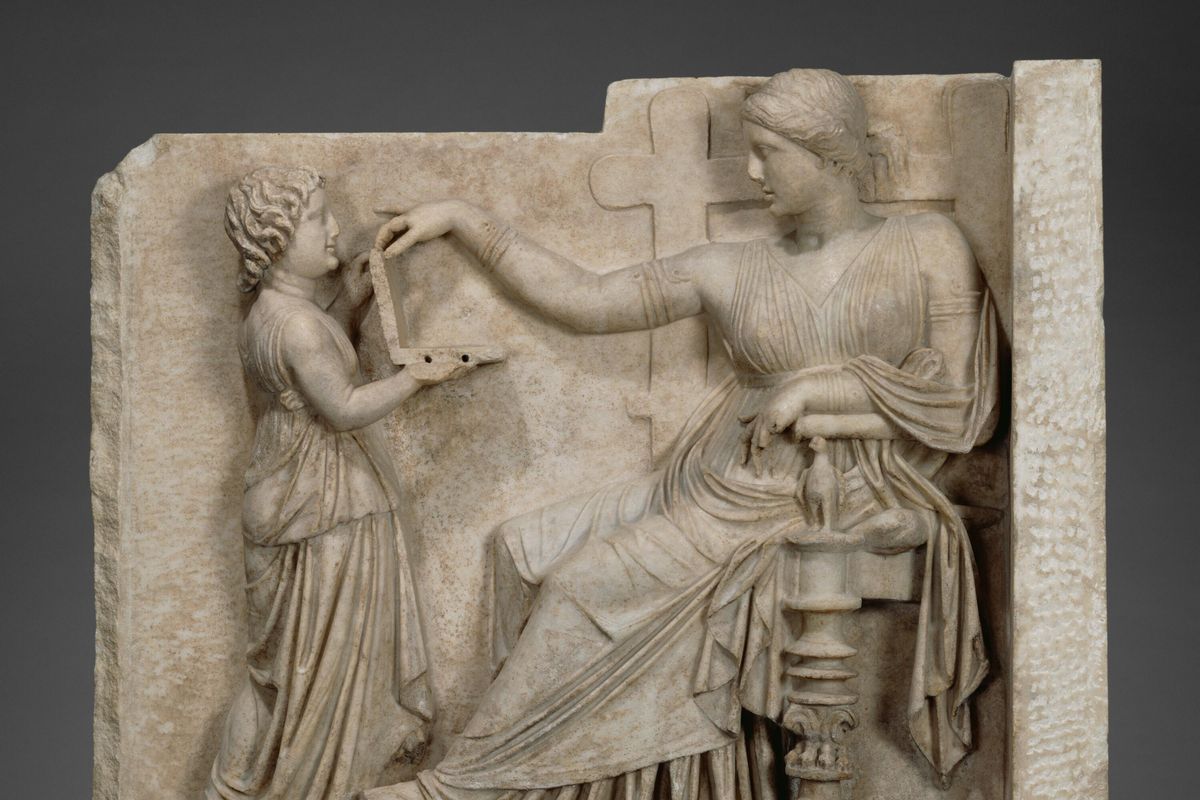Viral
Clint Witchalls
Sep 30, 2014
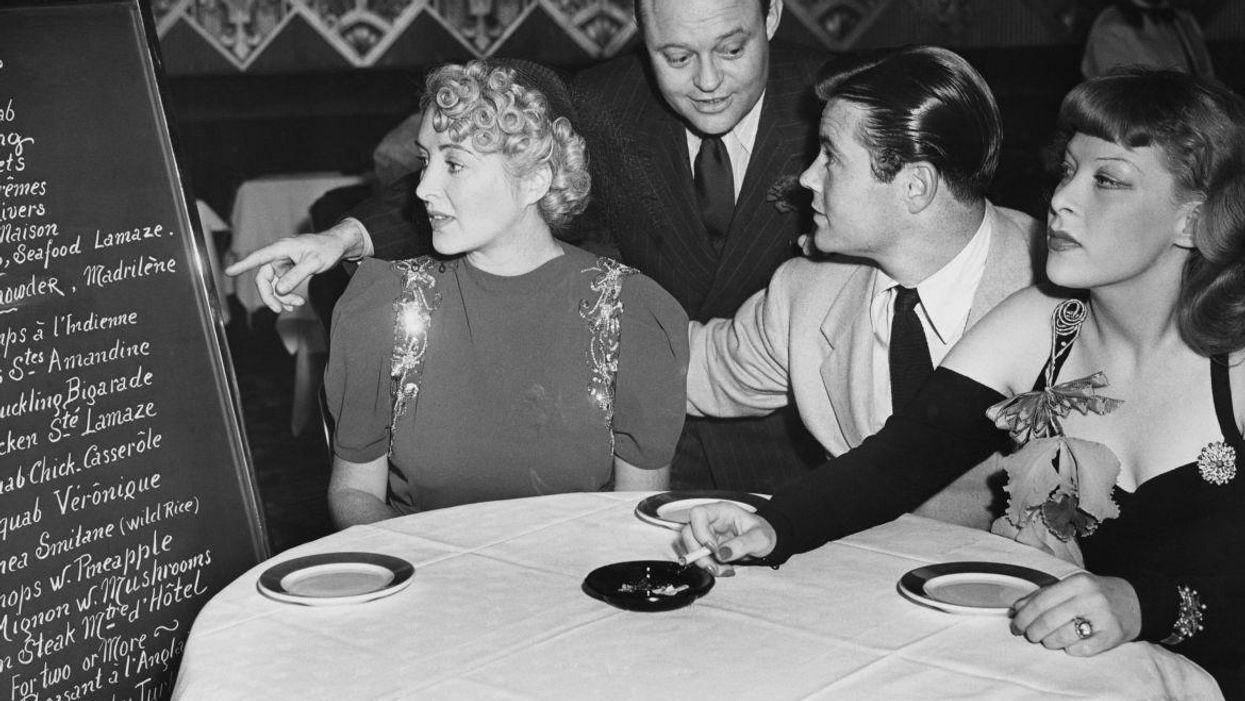
Writers are often given the advice: “Don’t use a five-dollar word when a fifty-cent word will do.” But the advice should come with the disclaimer: “Unless you write menus for a living.”
As Dan Jurafsky, a Professor of Linguistics at Stanford University discovered, using long words to describe a dish is a sign of an expensive restaurant.
In his book The Language of Food, Jurafsky explains that every extra letter in the average length of words describing a dish in the US is associated with an increase of 69 cents in the price. In a study of 6,500 menus, Jurafsky found that the words “exotic” and “spices” also raise the price. But the “linguistic fillers” mouth-watering, sublime and crispy, feature on cheap menus.
“At the expensive restaurant, you’re supposed to assume crispy food will be crispy,” Jurafsky said.
The cheaper the establishment, the more choice you’re given. Menus that run to six pages or more are quite common in Chinese takeaways and high-street curry houses.
Cheaper menus are also more likely to offer food cooked “your way”. But if it’s the chef that’s doing the choosing – “chef’s selection”, “chef’s choice” – then you can expect to pay a lot more.
Top 100
The Conversation (0)


